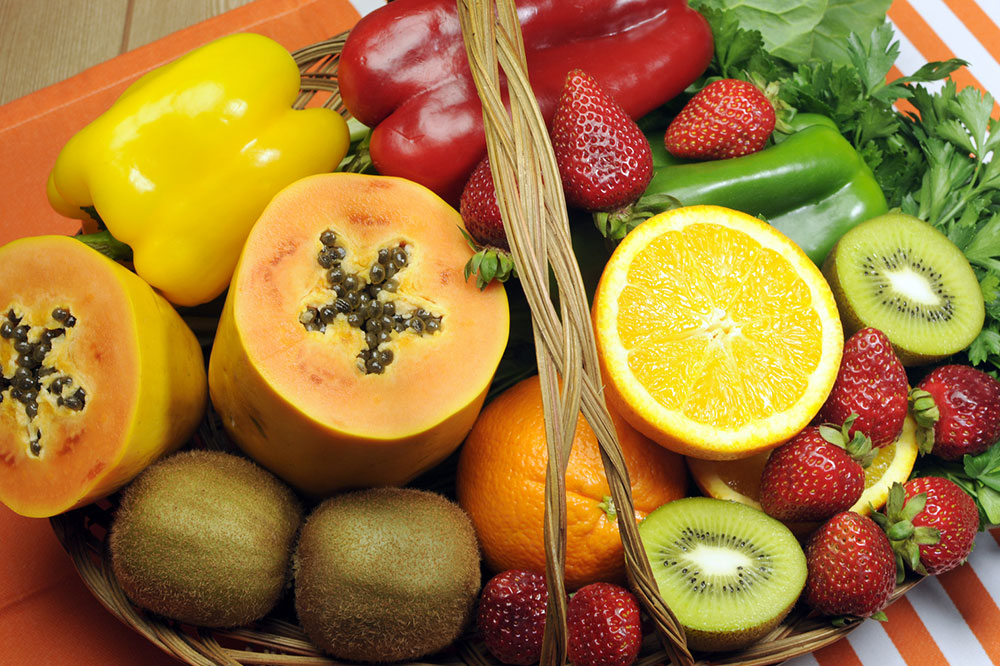
Managing Sickle Cell Anemia With Nutrition
Sickle cell anemia is a condition in which the red blood cells become hard and sticky and change their shape to a C form like that of a sickle’s. Hence, the name of the illness. These deformed red blood cells die early, leading to a shortage of these important cells. Due to their peculiar shape, they get stuck in blood vessels and clog the blood flow, leading to serious issues like stroke, infection, or acute chest syndrome.
Nutrition and sickle cell anemia
Nutrition plays a huge role in managing this illness. According to research, patients with sickle cell anemia require more than average amounts of calories and micronutrients. Especially kids with SCD (sickle cell disease) show signs of lean body mass and reduced fat-free mass, which is a sign of deficiency of essential micronutrients. A balanced diet of whole grains, legumes, fruits, and vegetables is advised over a typical western diet, which focuses more on meat-based meals, according to findings published in PCRM’s Nutrition Guide for Clinicians.
Foods to eat
Those suffering from anemia need food that is rich in iron or can help absorb iron. Apart from that, as suggested before, a balanced meal can help manage the symptoms of the disease to a great extent.
1. Blackstrap molasses
One tablespoon of this provides about 20% of the daily iron intake required by an individual. It is also a rich source of calcium, magnesium, manganese, vitamin B6, and selenium, essential micronutrients needed by the body.
2. Quinoa
This is a natural food item, which is loaded with fortified iron. Other grains like oats, amaranth, teff, sorghum, and whole wheat, are also rich sources of fortified iron. A simple breakfast made with this can be nutritious and tasty.
3. Legumes
Lentils and legumes are superfoods when it comes to managing anemia deficiencies. According to research, just half a cup of this provides about 20 percent of your body’s daily craving. Since they are also a rich fiber source, your gut health will be in great shape, leading to no complications in other aspects of your health.
4. Eggs
Eggs, consisting of heme iron, can be a great addition to your meals if you need that extra iron boost in your system. According to the United States Department of Agriculture (USDA), several animal products have heme iron, especially beneficial for those fighting iron deficiency. Other food items like turkey, pork liver, ground beef are all excellent sources.
5. Oysters
Oysters, loaded with iron, zinc, and vitamin B12, are recommended by USDA. All these nutrients are necessary to keep blood cells healthy and fight off viruses and bacteria that attack the immune system. You can also explore mussels and clams as alternatives to oysters if you like seafood.
6. Chickpeas
While chickpeas, or garbanzo peas, are great for iron intake, add in some lemon juice to get vitamin C and help absorb this essential iron in your body! Chickpeas are a great plant-based iron source, loaded with protein to make you feel full and satisfied. If you make hummus, you can enjoy the smooth and creamy texture of this vegetable with other delicious and nutrient-rich food items.
7. Pumpkin seeds
As per the USDA, these tiny seeds are a powerhouse of iron. Consume about 1 ounce of these without the shells, and get about 2.7mg of iron in one go! One of the easiest ways to consume these is to add them to your bread loaf, or you may even add these as toppings on most food items. They also have other essential nutrients like magnesium and zinc that keep your blood cells healthy.
8. Edamame
These small green beans, rich in iron and copper, keep your blood vessels and immune system strong and healthy. One of the best and easiest ways to prepare this superfood is to steam it and season it with garlic and salt. Edamame seeds are also high in fiber and manganese, keeping the gut balanced and healthy. According to research by USDA, a cup of these raw beans equals 9mg of iron.
9. Black beans
Black beans, being a plant-based food, contain non-heme iron, which is slightly more difficult to be absorbed by the body than heme iron. Adding foods rich in vitamin C to this will do the trick! Add veggies like kale, broccoli, or bell peppers to these beans and let your body work on getting its nutrients from this powerhouse of vitamins and minerals. Other beans like kidney, fava, and pinto are also good alternatives to black beans.
10. Spinach
Spinach is one of the most well-known and readily available iron powerhouses in the plant-based category of iron-rich food. It is rich in iron, vitamin A, E, fiber, protein, and even calcium, keeping your body updated on its nutrient needs. Vitamins A and E are known to keep the immune system strong and the blood clean. Again, pairing this vegetable with other vitamin C foods will be most beneficial.
Stay informed
With a condition as sensitive as sickle cell anemia, you must do thorough research on what works best for your body. Taking advice from your doctors and nutritionists, make sure you plan your meals that are most suitable for your body’s needs. Apart from nutrition, speak to your doctor to see what other options are available to manage your symptoms, and in case of emergency, what protocols are to be followed.